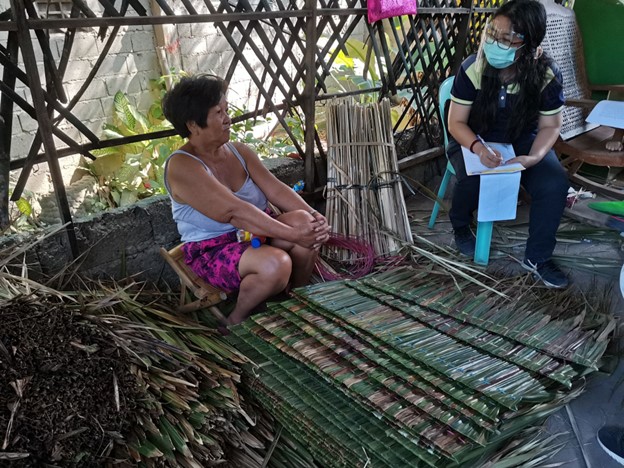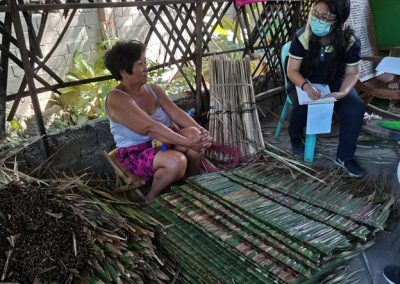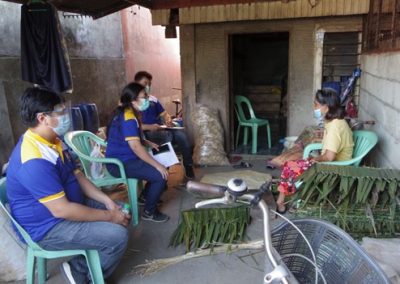Nypa fruticans is naturally found in brackish areas or coastal lines in Pangasinan. Extracted or not, nipa plantation serves as natural barriers against soil erosion. Two dominant products were identified in the supply chain namely vinegar and nipa thatch.
This study purposively used focus group discussion (FGD) to capture qualitative information in identifying risks encountered by key players in the supply chain. This study is embedded with agency theory to assess their risk exposures in the supply chain emanating from product, information and payment flows. Costs in their activities and processes were also revealed. External factors in the supply chain were noted that influenced the decision -making of key players.
This study covered major production, processing, trading/selling and consumption points of nipa in Pangasinan.It considered with at least 5 years of exposure in the industry. Focus group discussion (FGD) considered 5-10 key informants per group. A survey question was used to facilitate the FGD. Selected municipalities are San Fabian, Lingayen, Bugallon, Labrador and Binmaley the areas under study.
This study found that the dominant products in the industry are vinegar and thatches as roofing materials. The key customers of vinegar are restaurants, tourists, and household consumers. They prefer this type of vinegar for its non-acidic aroma and after taste of slight sweetness. Buyers of nipa thatching materials are resort owners for cottage sheds and nipa huts. Customer requirements vary from regular basis to occasional orders.
The key players are the nipa plantation owners, nipa tappers/vinegar processors, npa thatch makers, and nipa seedling growers.
Information on the availability of both products, vinegar and nipa thatching materials is regular for buyers. Processors/makers of vinegar and nipa shingles has to consider lead time for the availability of raw materials. This factor is critical on the production side; availability of nipa sap and leaves is dependent on time duration of sap collection and availability of labor for the bulk collection of matured leaves.
Buyers of nipa products directly pay in cash both in retail or bulk requirements. Payment flow is continuous in the market side of the supply chain. Suppliers of raw materials are also paid in cash by processors. Financial flow is irregular in the production side due to unstable supply of raw materials for processing nipa products.
According to elderly groups of respondents, nipa industry was lucrative. But after World War II, concrete housing construction, fuel oil and commercial liquor were introduced with promising markets. Nipa plantation sites were converted for commercial and property development. Marsh lands with naturally endowed nipa were converted to aquatic farming, e.g. fish ponds. Eventually, industry prospects were then taken aside.
Purity of nipa vinegar is a quality indicator. The natural flavor and aroma of nipa vinegar is strong with its after-taste of slight sweetness. However, consumers are prone to buy vinegar adulterated with synthetic acetic acid.
The challenge of competing uses of nipa for thatching and vinegar-making is a major factor to consider when shifting from vinegar to nipa thatch making. Vinegar processors shift to nipa thatch making if there is an upsurge of orders. They search for other owners of nipa plantation to arrange contract buying to harvest mature nipa leaves. Hired labor in harvesting nipa leaves are required to maintain 3-4 leaves per nipa plant to recover its vegetative form for sap development.





